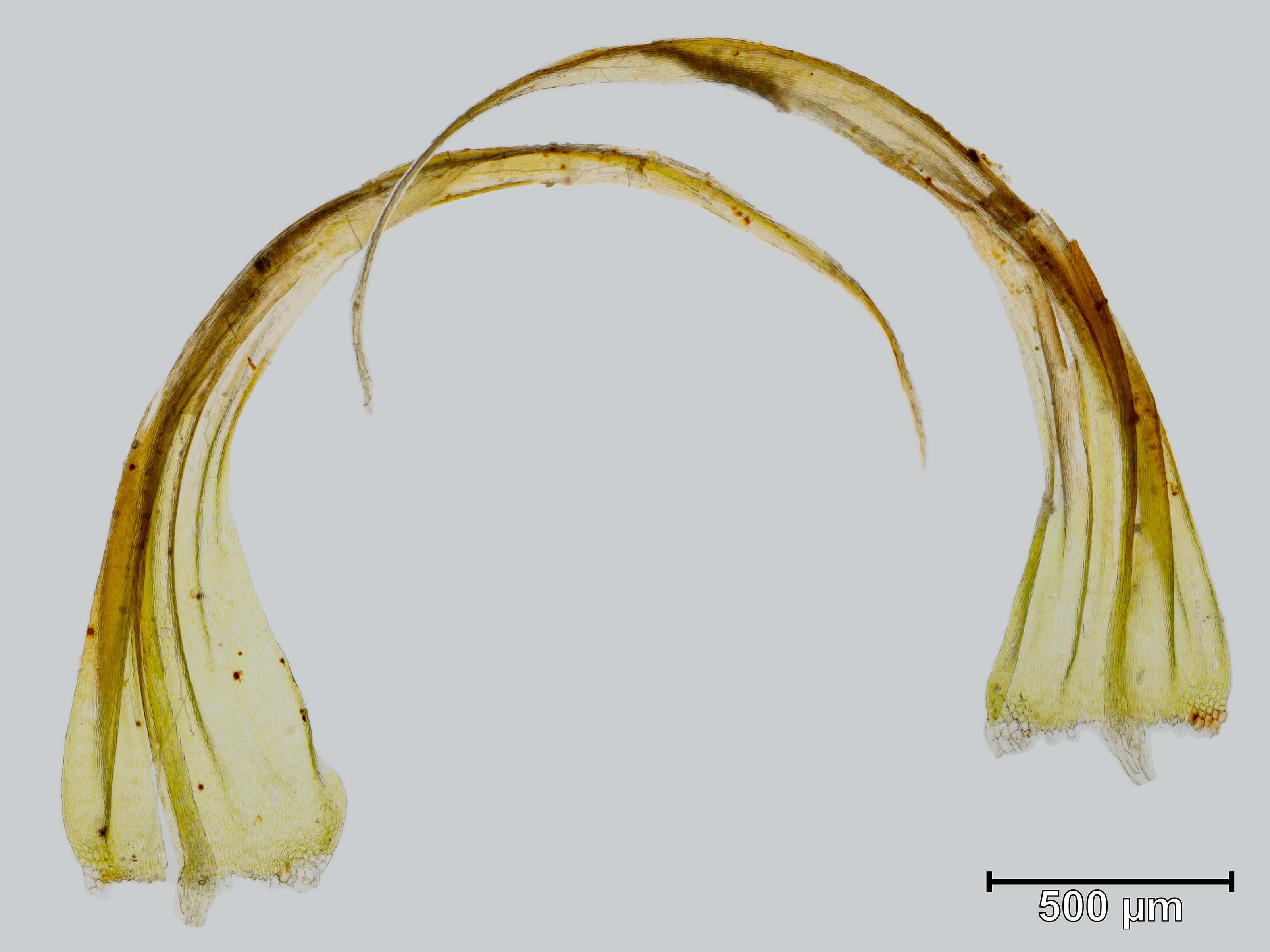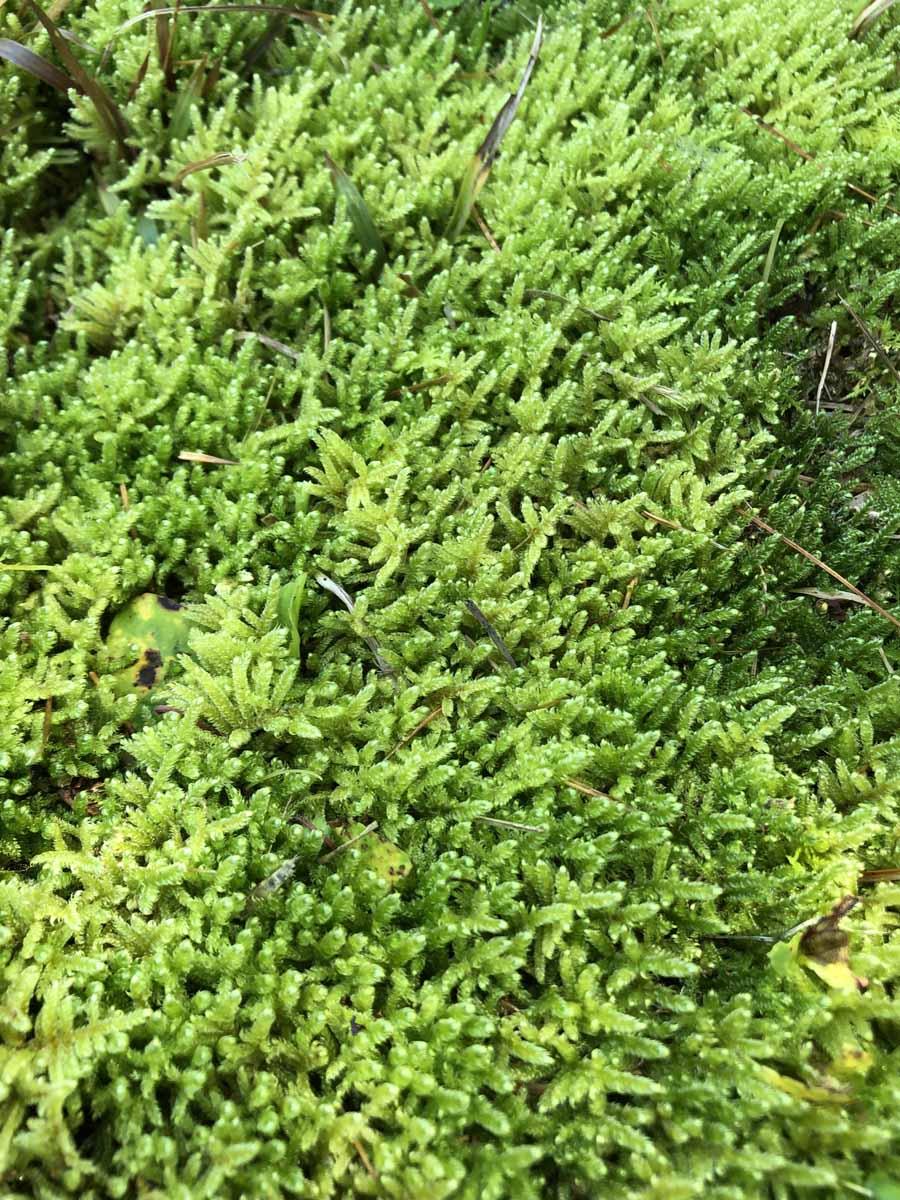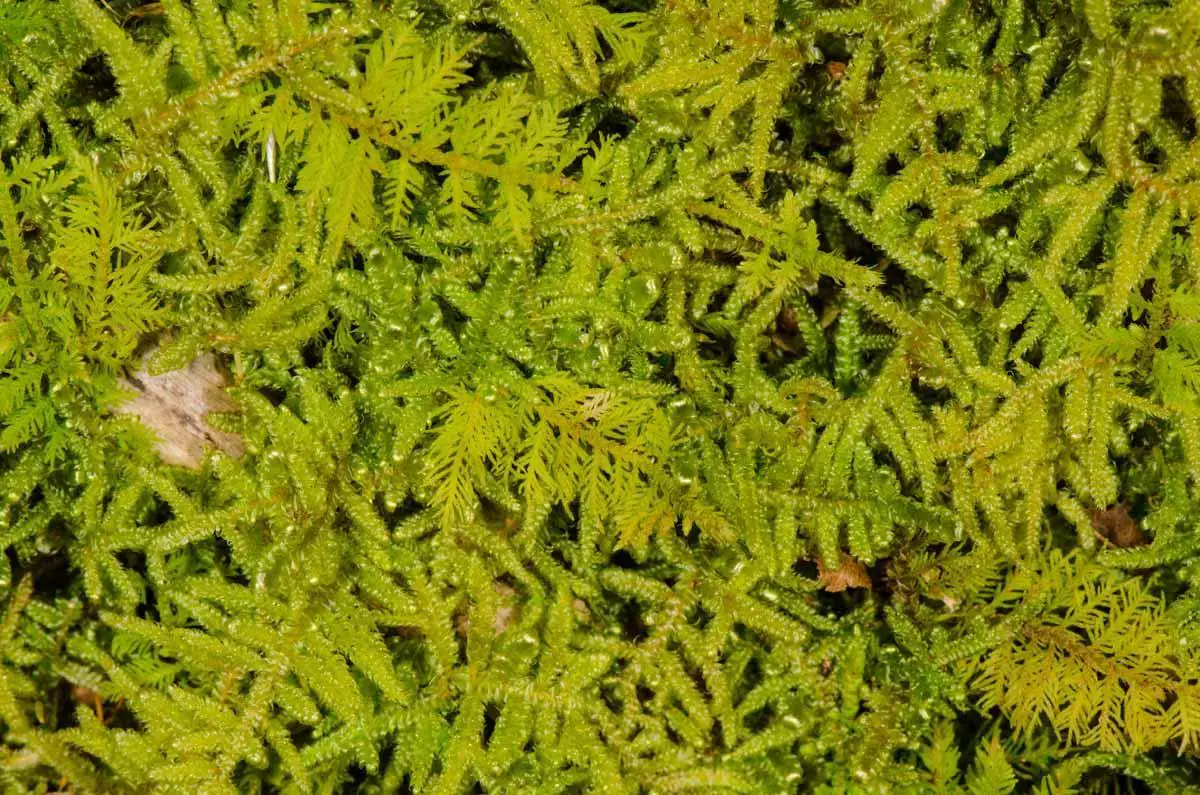
hypnum_hamulosum_blatt.jpeg from: https://www.korseby.net/outer/flora/bryophyta/hypnaceae/index.html
Introduction
The world of mosses is a fascinating one, filled with tiny, unassuming plants that often go unnoticed by the casual observer. Among these diminutive wonders is the Hypnum hamulosum Schimp., a member of the Stereodontaceae family, commonly known as Hypnum. This moss may be small, but it plays a crucial role in the ecosystems it inhabits, and its unique characteristics make it a captivating subject for enthusiasts.
Background
Before delving into the specifics of Hypnum hamulosum Schimp., it’s essential to understand the broader context of mosses. These ancient plants belong to the Bryophyta division and are classified as Bryopsida, a class of non-vascular plants that reproduce via spores. Mosses have been around for millions of years, predating even the earliest vascular plants, and they continue to thrive in a wide range of habitats worldwide.

hypnum-04-bj.jpg from: https://wcbotanicalclub.org/hypnum-04-bj/
Main Content
Morphology and Identification
Hypnum hamulosum Schimp. is a pleurocarpous moss, meaning its stems grow horizontally along the substrate. Its slender, creeping stems are typically green to yellowish-green in color and can reach lengths of several centimeters. The leaves are small, ovate to lanceolate in shape, and arranged in a spiral pattern along the stem. One of the distinguishing features of this moss is the presence of hamulate (hook-shaped) leaf tips, which give it its specific epithet “hamulosum.”
Global Distribution and Habitat
Hypnum hamulosum Schimp. is widely distributed across the Northern Hemisphere, including Europe, Asia, and North America. It thrives in a variety of habitats, such as moist forests, stream banks, and shaded rock crevices. This moss prefers cool, humid environments and is often found growing on decaying logs, tree bases, and moist soil.
Ecological Roles and Adaptations
Despite its diminutive size, Hypnum hamulosum Schimp. plays a vital role in its ecosystem. As a pioneer species, it helps stabilize and enrich the soil, creating favorable conditions for other plants to establish themselves. Additionally, its dense mats provide shelter and nesting material for various invertebrates and small mammals.
One of the remarkable adaptations of this moss is its ability to withstand desiccation. During dry periods, it can curl up and enter a dormant state, only to revive and continue growing once moisture returns. This resilience allows Hypnum hamulosum Schimp. to thrive in environments with fluctuating moisture levels.
Case Studies/Examples

dsc_6728_edited-1.jpg from: https://wcbotanicalclub.org/dsc_6728_edited-1/
In a study conducted in the Pacific Northwest, researchers found that Hypnum hamulosum Schimp. played a crucial role in maintaining soil moisture and preventing erosion in forested areas. Its dense mats acted as a sponge, absorbing and retaining water, while its extensive rhizoid system helped anchor the soil.
Technical Table
| Characteristic | Description |
|---|---|
| Phylum | Bryophyta |
| Class | Bryopsida |
| Order | Hypnales |
| Family | Stereodontaceae |
| Genus | Hypnum |
| Species | hamulosum Schimp. |
| Common Name | Hypnum Moss |
| Growth Form | Pleurocarpous |
| Leaf Shape | Ovate to lanceolate |
| Leaf Tip | Hamulate (hook-shaped) |
| Habitat | Moist forests, stream banks, shaded rock crevices |
| Distribution | Northern Hemisphere (Europe, Asia, North America) |
Conclusion
The Hypnum hamulosum Schimp., or Hypnum Moss, may be small in stature, but its impact on the ecosystems it inhabits is significant. From stabilizing soil and preventing erosion to providing shelter for countless organisms, this unassuming moss plays a vital role in maintaining the delicate balance of nature. As we continue to explore and appreciate the wonders of the natural world, let us not overlook the importance of these tiny, resilient plants that have been thriving on our planet for millions of years.
Ponder this: If every moss species were to disappear, how would our forests and ecosystems be affected? The answer might surprise you and shed light on the intricate web of life that surrounds us.